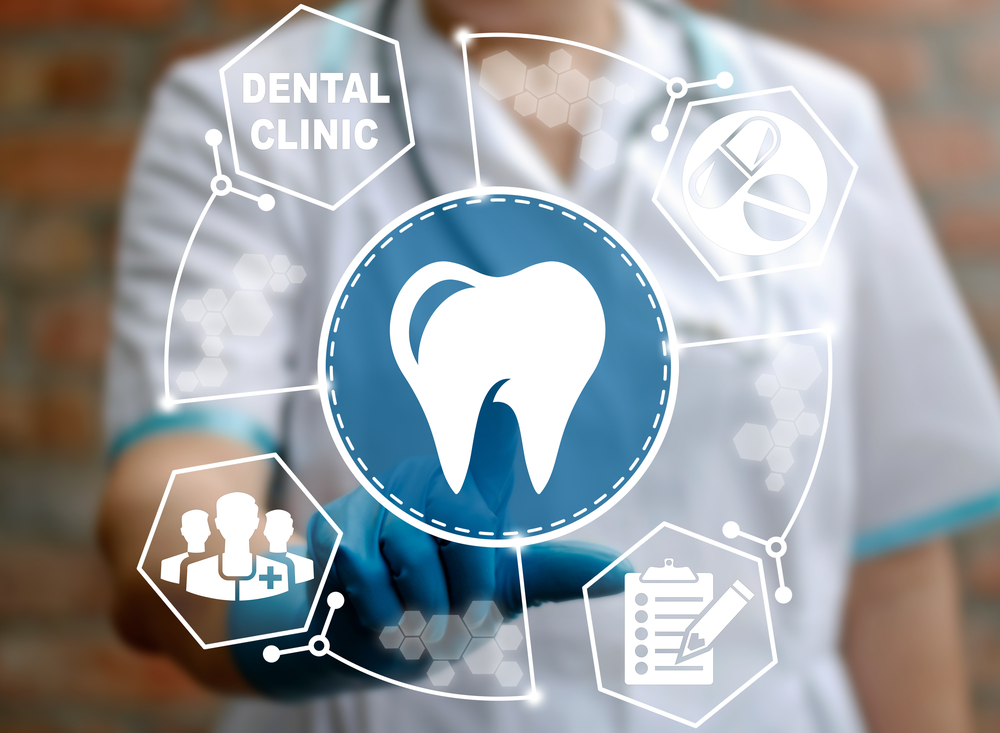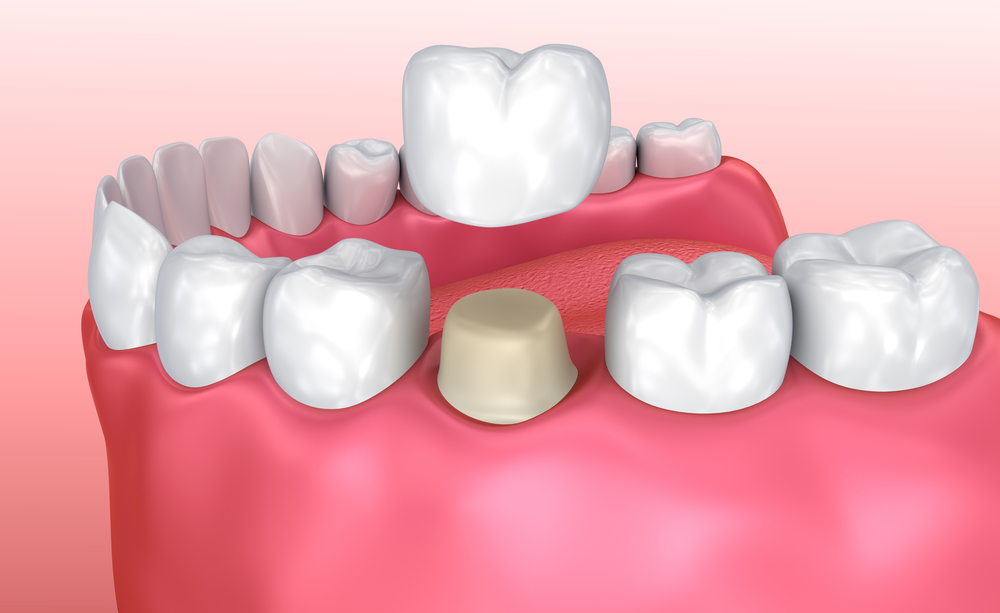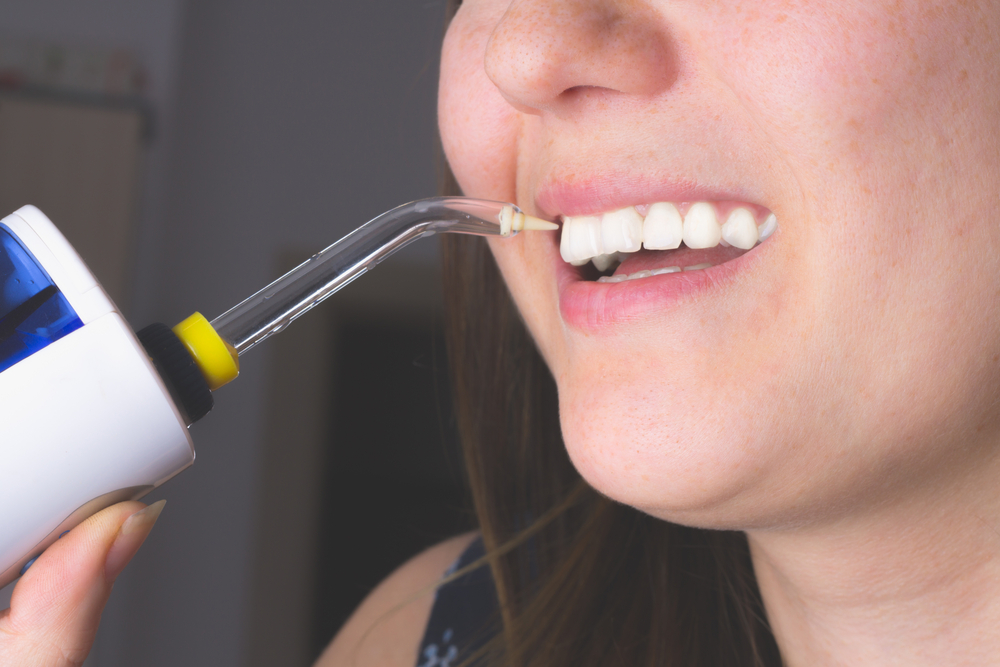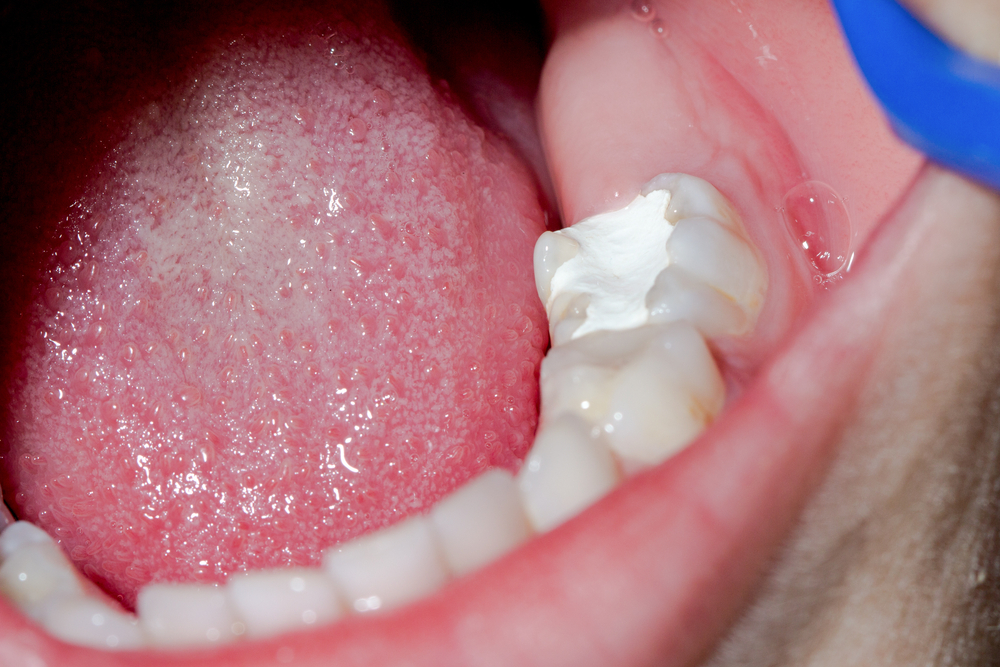- Millions of Americans who have health insurance do not have dental coverage.
- Reduced cost options can be found at community health centers, dental schools and local outreach organizations.
- Another option is dental savings or discount plans at participating dentists.
Access to affordable dental care is a major issue for most Americans.
Many employers don’t offer dental coverage, while those who do often charge costly deductibles and employee contributions. Some plans don’t even cover routine dental care, let alone dental emergencies.
Although it may require some research and patience, there are still ways to obtain affordable or even free dental care. Here are your options.
What’s behind the insurance price tag?
Even if you are among the lucky Americans who are covered by a dental insurance plan, you may actually be quite limited in the amounts you can claim.
“Dental insurance is more like a coupon,” says Dr. Kimberly Harper, a cosmetic and restorative dentist in Irving, TX. “The maximum amount for coverage has not changed over the past 20 years, usually $1,500 USD per year, and that does not go a long way when it comes to dental treatment.”
There are also a lot of behind-the-scenes factors that drive up costs, and over which individual dentists have little or no control.
According to Dr. Erin Issac, a pediatric dentist in Pittsburgh, signing a contract to become an in-network provider with an insurance company may make dental care more affordable for patients, but it comes at a cost to the provider.
“In-network provider fees are slashed dramatically, often by up to 50%,” Issac explains. “That may not seem like a problem, but it severely limits the quality of materials that can be used — dental material can be extremely pricey, and the better materials definitely have a bigger price tag.”
For instance, there are a variety of materials for dental fillings, like gold, porcelain, silver amalgam or composite resin. Each option, of course, varies in cost and comes with specific pros and cons. In-network dentists may not be able to offer you the pricier options — even if it they are more suited to your needs.
Issac notes another major drawback to charging lower in-network fees — the quality of patient care can also suffer.
“Because we’re getting paid less, we have to see more and more patients, so the time spent with each patient goes down significantly,” she says. “There’s costs involved with paying staff, paying ourselves, rent, utilities and other overhead. All of these are considered when we set our fees.”
Credit and payment plans: make a deal with your dentist
“Not being able to pay for dental care is a real problem for most,” notes Harper. “Financing your dental care is an option that will allow you to make small payments over a period of time.”
There are many companies that offer financing, such as CareCredit, Parasail, and Prosper Health Care. Generally, these lenders will consider qualified patients’ verified income and calculate their monthly payments accordingly.
Another option is to ask your dental office for a payment plan. “Most offices are willing to work with you. You just have to ask!” Harper stresses.
Issac also empathizes, noting that “Patients typically want the ‘best of the best.’ That means the latest technology, expertise, materials, and ongoing continuing education.”
One way for patients to gain high-quality services and keep costs down, Issac reveals, “is to offer to pay with cash or card. Many of us dentists welcome not involving insurance companies and will give discounts to those who don’t carry insurance.”
Medicare and Medicaid for dental care
Medicare and Medicaid are both federally-funded programs that offer health care coverage. Both have similar sounding names yet harbor some major differences:
- Medicare (1-800-MEDICARE) is a national health insurance program for people 65 years or older, regardless of their income or medical history, and for people who are under age 65 but have permanent disabilities or end-stage renal disease. When it comes to your teeth, Medicare dental coverage is extremely limited and does not cover most routine dental care procedures.
- Medicaid is a state-run program available to families and individuals who are eligible. Most states provide some emergency dental care as well as other dental services. Eligibility and coverage vary from state to state. The definitive starting point in your quest for affordable dental care would be to see if you qualify for Medicaid.
In 2012, dental visits to hospital emergency rooms (ER) cost the US healthcare system $1.6 billion, averaging $749 USD per visit.
According to the American Dental Association, most of these ER visits were for “non-traumatic dental conditions, and in most cases, patients received prescriptions for pain or antibiotics for infections.”
The ADA estimates that 79% of these ER visits could have been better addressed by a visit to the dentist as these professionals can provide more definitive and individualized care.
Free and affordable dental care options
Even with regular cleaning and meticulous care, dental accidents, like a chipped or knocked-out tooth, can happen.
These emergencies are expensive and can easily exceed the max amount of coverage on most dental care plans. If you find yourself under-insured for regular care or major dental work, there are ways to save significantly.
Note that if you are searching online, you need to be wary of websites that are fronts for scams to obtain and sell your personal information. To find a list of free dental care providers, you should only be asked to provide your zip code — not your contact information.
We’ve done some of the legwork for you. Here is a list of the most promising avenues for no cost or low-cost dental care.
Community health centers
The Health Resources and Services Administration (1-888-Ask-HRSA) has set up federally-funded community health centers to offer free or reduced-cost health services, including dental care.
According to the site, it’s one of the largest systems of primary and preventive care in the country that caters to millions regardless of ability to pay.
Veterans’ insurance
The U.S. Department of Veterans’ Affairs (VA) offers free or low-cost dental care for certain qualifying veterans. Those who have served in the armed forces can apply for benefits online.
Those who do not qualify have the option to purchase a reduced-cost plan through the VA Dental Insurance Program.
Dental schools
Dental schools (American Dental Association) and dental hygiene schools (American Dental Hygienists’ Association) often offer supervised low-cost dental care as part of the training curriculum.
Dental students gain experience by treating patients while being supervised by licensed dentists. These dental visits usually cost much less than other clinics. They’re typically either free or only carry a nominal fee to cover the cost of materials and equipment.
Dental charity organizations
Many people face multiple barriers to receiving health care, such as finding appropriate child care, transportation or getting leave from work.
For these people, there are national and local organizations that have been created to help smooth the way, including helping in their struggle to find affordable dental care. Among these organizations are:
- The United Way, which is a community-focused charity with local chapters that could direct you to free or reduced-cost dental services in your community.
- Dentistry From The Heart is another not-for-profit outreach organization that sets up free events where dentists volunteer their services.
- Mission of Mercy is a faith-based community organization that helps provide free dental care to residents in Maryland, Pennsylvania, Arizona and Texas.
Clinical trials
Researchers sometimes require volunteers with specific dental conditions to participate in clinical trials. In exchange for participating in the study, volunteers receive free or reduced-cost treatment.
Find out if you qualify for a particular clinical trial listed on the website for the National Institute of Dental and Craniofacial Research (NIDCR).
Dental discount plans
These plans are not dental insurance. They’re more like club memberships with an enrollment and annual membership fee that includes access to discounts on various dental procedures.
This alternative is growing in popularity among lower income families. Annual memberships may be as low as $100-200 USD with discounts ranging between 20-60% off. Dental plans don’t have deductibles or maximums like dental insurance.
Companies like DentalPlans.com offer plans with major healthcare companies like Cigna, Aetna and more, who participate to save on marketing costs.
Dental tourism
More and more Americans, especially those in Mexican border states like California, Arizona, and Texas, are seeking cheaper dental care across the border.
A huge number of dental clinics are springing up in border towns. Many Americans are finding that even with the extra travel expenses, sometimes the overall cost of the dental work is lower in a developing country.
Plan ahead to avoid dental care debt
Harper stresses that “Living a healthy life can keep you from having poor oral health and help you avoid major dental treatment.” However, even with great dental hygiene habits, everyone needs regular check-ups and occasional cleanings or fillings.
Whatever your budget, find an option that will give you access to continuous care and plan how to pay for major work, especially in case of an emergency. The peace of mind will be worth the time and effort in the long run.









